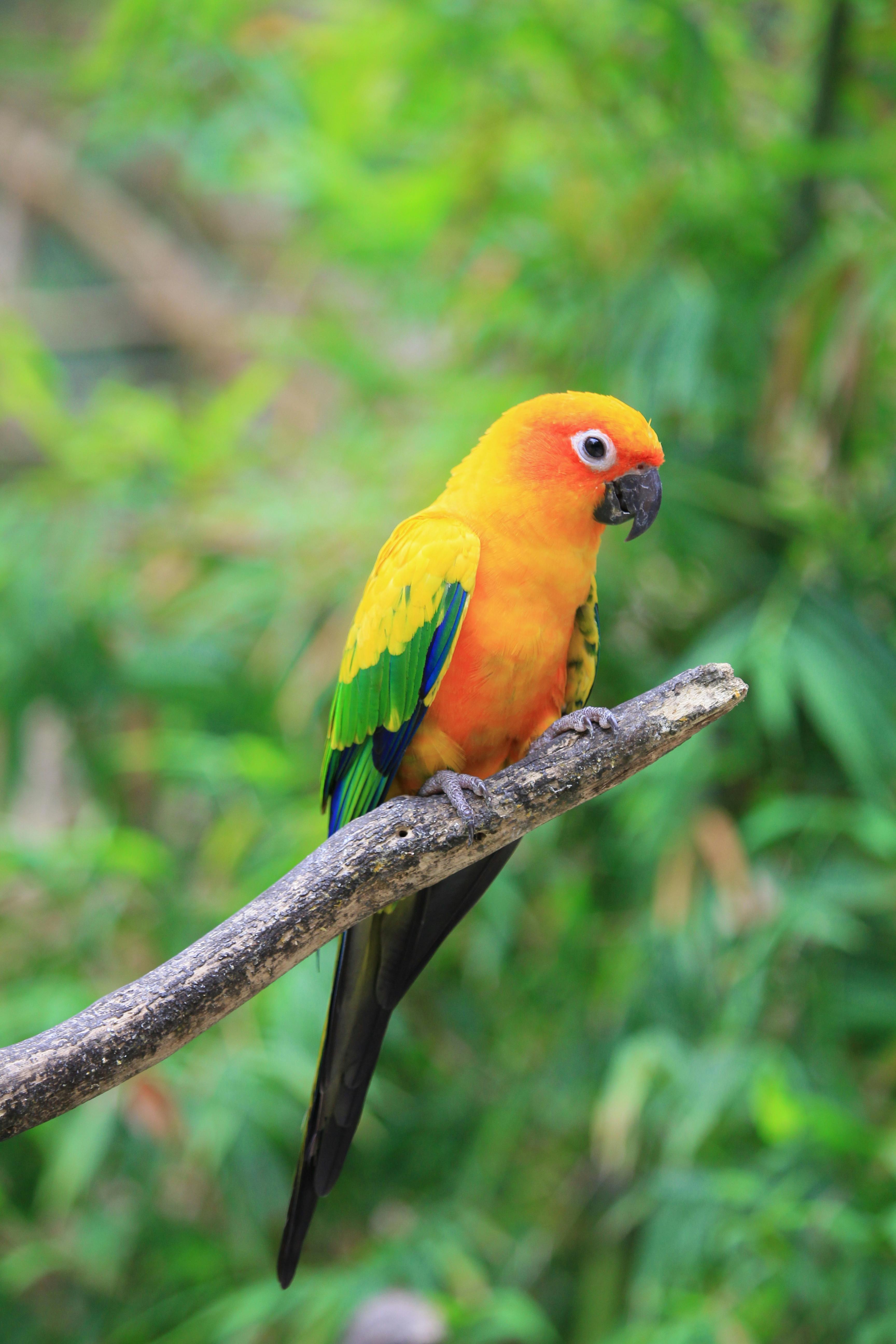Orange betta fish, known for their stunning hues and dynamic personalities, have become increasingly popular among aquarium enthusiasts. Their vibrant colors and unique characteristics make them a favorite choice for both beginners and experienced fish owners. Understanding how to properly care for these captivating creatures is essential to ensure their health and longevity.
This article will provide a comprehensive guide on betta fish care, focusing on the needs of orange betta fish, including their habitats, feeding requirements, and common health issues. Additionally, we will cover the essentials of setting up a suitable tank for your orange betta fish, the best tank mates, and tips for breeding them effectively. By following these guidelines, you'll not only enhance your betta fish's quality of life but also enjoy the vibrant beauty they bring into your home.
Here’s what you can expect to learn: detailed insights into orange betta fish characteristics, effective feeding schedules, the importance of water quality, and signs of stress and disease. With this information, you'll be well-equipped to create an enriching environment for your orange betta fish.
Understanding Orange Betta Fish Characteristics
Orange betta fish, like other betta species, exhibit a range of characteristics that are vital for owners to recognize. Understanding these traits is crucial for effective betta fish care, as it impacts their environment and social interactions.
Physical Appearance of Orange Betta Fish
The vibrant orange coloration of these bettas is one of their most striking features. They often have flowing fins and a streamlined body which not only adds to their beauty but also indicates their health. Healthy orange betta fish typically have bright colors, clear eyes, and smooth body scales.
Behavioral Traits That Define Betta Fish Personality
Betta fish are known for their unique personalities, often displaying curiosity, boldness, and territorial behavior. It’s common for them to engage in activities such as flaring, where they puff up their gills to display aggression or attractiveness. Recognizing these behaviors will help you understand their emotional state and manage their interactions with other fish.
Common Colors and Patterns of Orange Betta Fish
While the orange betta fish is primarily recognized for its bright hue, variations exist. Some may have darker orange shades or mixed colors that include hints of blue or green. Each appearance is not just visual; it also reflects their genetic background, which can indicate specific health and breeding traits.
Building on these fundamentals, let’s explore how to set up an ideal betta fish tank that caters to these beautiful fish.
Setting Up a Suitable Betta Fish Tank
The right tank setup is crucial for the well-being of your orange betta fish. Creating an ideal aquatic environment will not only enhance their health but also encourage natural behaviors.
Essential Betta Fish Tank Requirements
The first step in setting up a betta fish tank is selecting an appropriate size. A tank of at least 5 gallons is recommended to provide ample swimming space. Larger tanks are beneficial as they can help maintain stable water parameters and reduce the risk of stress. For optimal betta fish care, always ensure your tank is covered since bettas can leap out of the water.
Water Quality and Temperature Management
Maintaining high water quality is paramount for orange betta fish health. Use a quality water conditioner to eliminate harmful chemicals from tap water. Betta fish generally thrive in warm water temperatures ranging from 75°F to 80°F. A reliable aquarium heater can aid in maintaining this temperature permanently.
Optimal Filtration and Lighting Systems
Using a gentle filtration system will help keep the water clean without creating strong currents, which can stress bettas. Avoid powerful filters that create excessive flow. Lighting is equally important; therefore, opt for moderate lighting to mimic their natural environment, as bright lights can stress these fish. Dimming lights during certain periods can also help to recreate a natural day-night cycle.
With a proper tank setup established, it's important to focus on the feeding habits necessary to promote the health and vitality of your orange betta fish.
Feeding Orange Betta Fish Effectively
Understanding the nutritional needs of your orange betta fish is essential for maintaining their health and vibrancy. A balanced diet will enhance their colors and support their active lifestyles.
Best Diet Options for Your Betta Fish
Betta fish are carnivorous, requiring protein-rich diets. High-quality betta pellets should form the basis of their daily feed, supplemented with freeze-dried or frozen foods like bloodworms, brine shrimp, and daphnia. Avoid overfeeding, as this can lead to serious health complications.
Establishing a Feeding Schedule
Feeding your orange betta fish should be done once or twice a day, with a schedule that allows them time to eat and absorb their food. Small portions keep their diet healthy and prevent waste accumulation in the tank.
Signs of Healthy and Unhealthy Eating Habits
Healthy orange betta fish should display eager feeding habits. If you notice a decline in appetite or floating food particles, it might indicate stress, illness, or poor water conditions. Regularly observing their behavior will help identify changes that could affect their overall health.
Now that you understand how to properly feed and maintain your orange betta fish, let’s look into common diseases that they may encounter and how to prevent them effectively.
Its part of generated content. Can i generate another part?